The Benefits and Challenges of Automating Business Processes
In today’s fast-paced digital landscape, businesses are increasingly turning to automation to streamline their operations and improve efficiency. Automation offers a wide range of benefits, but it also presents challenges that need to be carefully considered. In this article, we will explore the advantages and difficulties associated with automating business processes, highlighting the potential gains and providing insights into overcoming the obstacles.
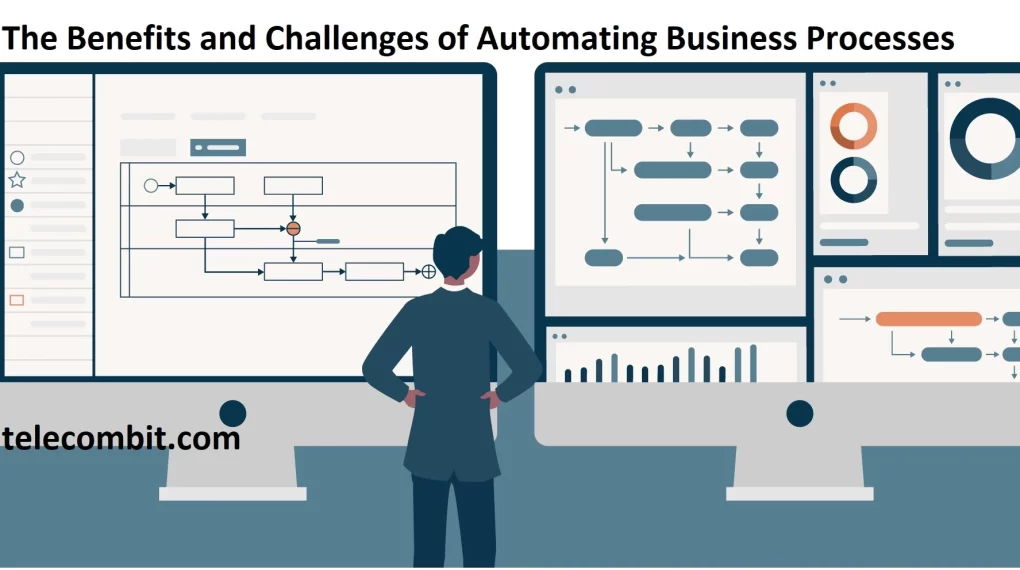
Understanding Automation in Business Processes
Automation refers to the use of technology to perform repetitive tasks or processes without human intervention. It involves the implementation of software, robotics, and artificial intelligence to streamline operations and enhance productivity. By automating various business processes, companies can achieve greater accuracy, speed, and cost-effectiveness.
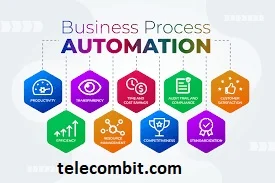
Benefits of Automating Business Processes
- Enhanced Efficiency: Automation eliminates the need for manual intervention in routine tasks, reducing human error and improving overall efficiency. By automating repetitive tasks such as data entry, invoicing, and report generation, businesses can free up valuable employee time for more strategic and creative endeavors.
- Increased Productivity: With automation handling repetitive tasks, employees can focus on higher-value activities that require critical thinking and problem-solving. This shift in focus can lead to increased productivity and innovation within the organization.
- Cost Savings: By automating processes, businesses can reduce labor costs associated with manual tasks. Automation eliminates the need for additional staff to handle repetitive processes, allowing companies to allocate resources more efficiently and reduce operational expenses.
- Improved Accuracy: Humans are prone to errors, but automation ensures a higher level of accuracy and consistency in performing tasks. Automated systems can minimize mistakes and deliver precise results, reducing the risk of costly errors and rework.
- Scalability: Automation provides businesses with the ability to scale their operations without significant increases in human resources. As the volume of work increases, automation can handle the additional workload seamlessly, ensuring consistent performance and customer satisfaction.
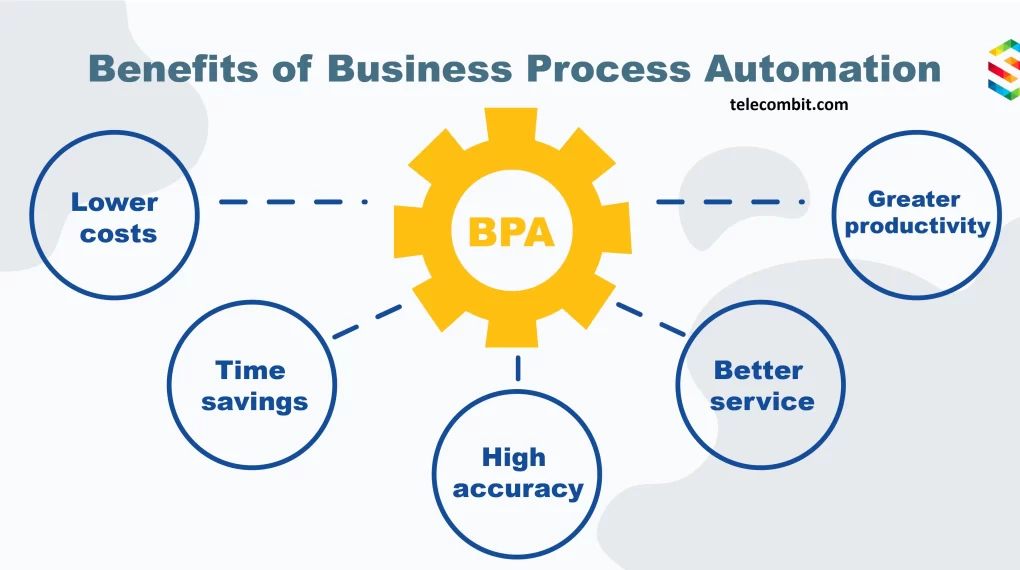
Challenges of Automating Business Processes
- Complexity of Implementation: Implementing automation can be a complex process, particularly in large organizations with intricate workflows. Integration with existing systems, training employees, and ensuring compatibility with various software platforms can pose significant challenges.
- Initial Investment: While automation offers long-term cost savings, there is an initial investment required to implement the necessary technology and infrastructure. The cost of acquiring automation tools, software licenses, and training employees can be a barrier for some businesses.
- Resistance to Change: Introducing automation often leads to resistance from employees who fear job displacement or changes in their roles. Overcoming resistance and gaining buy-in from all stakeholders is crucial for successful automation implementation.
- Maintenance and Updates: Automated systems require regular maintenance and updates to ensure optimal performance. Companies need to allocate resources for ongoing support and upgrades, which may involve additional costs and IT expertise.
- Security and Data Privacy: Automating business processes involves handling large volumes of sensitive data. Maintaining robust security measures and complying with data privacy regulations are critical to prevent breaches and protect customer information.
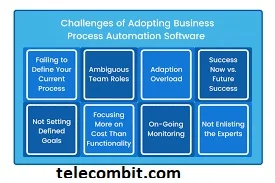
Overcoming the Challenges
- Thorough Planning: A well-thought-out automation strategy is essential. Identify the processes that are ideal for automation, create a roadmap, and set realistic goals. Engage stakeholders at every stage and ensure a smooth transition by providing proper training and support.
- Change Management: Effective change management is crucial to address employee concerns and foster a positive attitude towards automation. Communication, transparency, and involving employees in the decision-making process can help alleviate fears and gain acceptance.
- Partner with Experts: Seek the assistance of automation experts and consultants who can provide guidance on selecting the right tools, integrating systems, and implementing best practices. Their expertise can streamline the implementation process and mitigate potential challenges.
- Continuous Improvement: Automation is not a one-time process. Regularly review and assess the performance of automated systems to identify areas for improvement and How to Spot and Fix Roof Storm Damage: A Comprehensive Guide. Monitor key metrics, gather feedback from employees, and stay updated on the latest technological advancements to optimize your automated processes continuously.
- Data Security Measures: Protecting sensitive data should be a top priority when automating Expand Your Business Quickly with the Advantages of PEO Services processes. Implement robust security measures, such as encryption, access controls, and regular backups, to safeguard confidential information. Stay informed about data privacy regulations and ensure compliance to maintain customer trust and avoid legal complications.
- Training and Support: Proper training and ongoing support are vital for successful automation implementation. Provide comprehensive training programs to equip employees with the necessary skills to operate and manage automated systems effectively. Offer dedicated support channels to address any technical issues or questions that may arise.
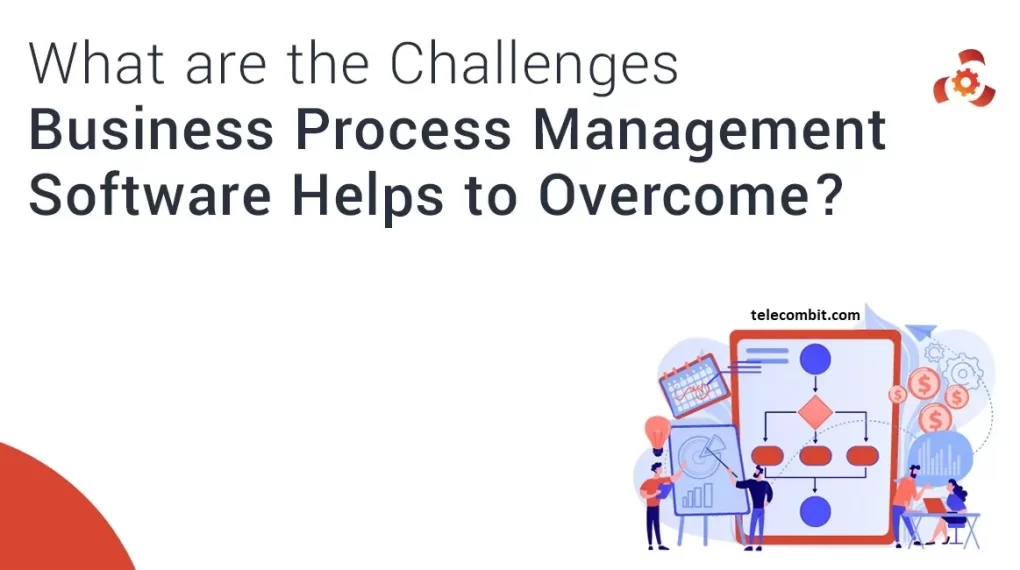
Conclusion
Automating business processes can offer a multitude of benefits, including enhanced efficiency, increased productivity, cost savings, improved accuracy, and scalability. However, it is crucial to navigate and address the challenges that come with automation, such as complexity of implementation, initial investment, resistance to change, maintenance and updates, and security and data privacy concerns. By adopting a strategic approach, involving stakeholders, and leveraging expert guidance, businesses can overcome these obstacles and unlock the full potential of automation.






